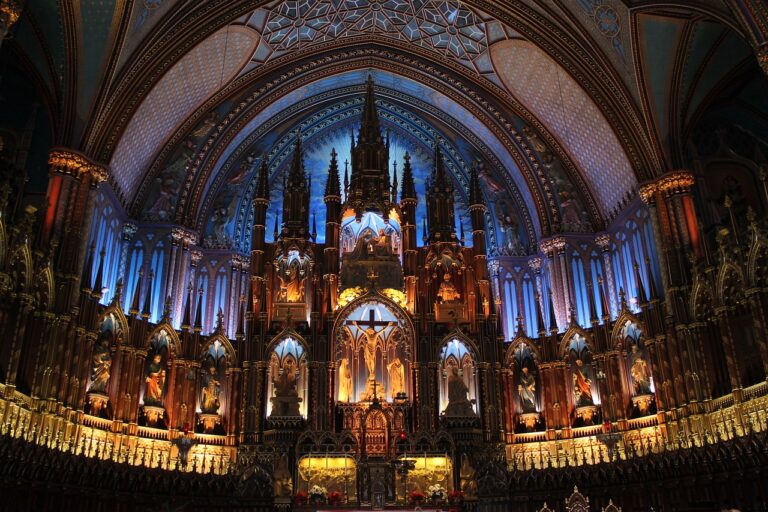Travel and Cultural Artifacts
Exploring different cultures broadens our perspective and enriches our understanding of the world around us. It allows us to learn about diverse traditions, beliefs, and ways of life that differ from our own. By immersing ourselves in different cultures, we develop a greater sense of empathy and appreciation for the diversity that exists in the world.
Embracing different cultures also fosters personal growth and self-awareness. It challenges us to step out of our comfort zone, confront our biases, and adapt to new ways of thinking and behaving. Through cultural exploration, we not only enrich our own lives but also contribute to building a more inclusive and interconnected global community.
The Significance of Cultural Artifacts in Preserving History
Cultural artifacts hold a vital role in preserving the legacy and history of a society. These objects serve as tangible links to the past, providing valuable insight into the traditions, beliefs, and practices of a particular culture. Through the careful preservation and study of these artifacts, historians and archaeologists can piece together the narrative of civilizations long gone.
Artifacts such as pottery, tools, art forms, and clothing not only offer a glimpse into the daily lives of past communities but also help in understanding their social structures and technological advancements. By analyzing these objects, researchers can unravel mysteries surrounding ancient civilizations and shed light on how our ancestors lived, worked, and interacted with one another. In essence, cultural artifacts are not just mere objects, but windows into the rich tapestry of human history.
Why is it important to explore different cultures?
Exploring different cultures allows us to gain a better understanding of the world around us, appreciate diversity, and learn from the experiences and perspectives of others.
How do cultural artifacts help in preserving history?
Cultural artifacts serve as tangible evidence of a society’s past, providing insights into its beliefs, customs, traditions, and way of life. They help us connect with our ancestors and understand the evolution of human civilization.
What are some examples of cultural artifacts that are important in preserving history?
Examples of cultural artifacts include ancient manuscripts, pottery, sculptures, textiles, clothing, tools, weapons, and architectural structures. These artifacts offer valuable insights into the daily lives, beliefs, and achievements of past civilizations.
How can we ensure the preservation of cultural artifacts for future generations?
Preservation efforts involve proper documentation, conservation, and storage of cultural artifacts in museums, libraries, and archives. It is essential to protect these artifacts from damage, theft, and natural disasters to ensure their survival for future generations.





